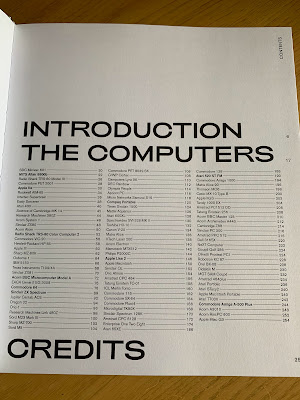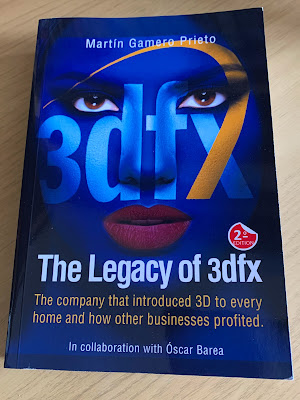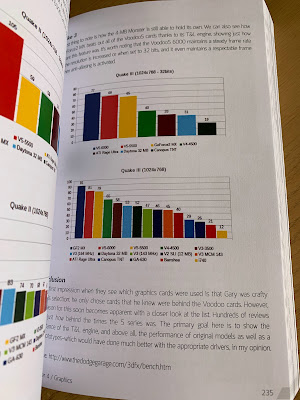Not so long ago, I reviewed the rather excellent Digital Retro. This was the book that started my computing library and really needed a follow up to expand on the original selection of hardware. This fine hardback volume, published in collaboration with The Centre for Computing History in Cambridge and combining the text of Alex Wiltshire and the photography of John Short is, in my humble opinion, a much needed and excellent successor.
Coming it at just over 250-pages, it covers pretty much the same period as Digital Retro, just with a greater range of machines. The quality of the book can't be knocked, with high-grade stock used to accentuate the many, many photographs of the various machines featured and ,in a handy design choice, these are listed on the front cover, alongside a phot of the attractively retro Intertec Superbrain.
Into the book proper, and the introduction gives the reader a potted history of the home computer, the trends and fashions, and a general feel of how that category of machine developed during the years covered here.
Onto the machines themselves, and the book starts off with something unfamiliar to me, the SDC Minivac 601, before continuing with the infamous Altair 8800. The pattern for each entry is pretty much the same: most get two pages, comprising of several photographs and a text block describing the history of the device (both origins and how its tale ended). You also get a side bar which details the manufacturer, release date, some technical data and country of origin. Some get an extra page or two for additional imagery, and every now and again, there's a number of pages showing the likes of manuals and software.
 |
| A machine that still has support to this day: www.samcoupe.com |
With 100 machines to cover, you not only see many familiar ones (if you are of a certain age), but also some less common names, which for me included the Olympia People and. the EACA Genie II EG 3008 (what the hell was marketing doing that day?). Many of these have their own character, despite a preponderance of beige that became a thing in the 1980's. It also means that, whilst I will never own many of these machines, I at least get to see some cracking photography of these digital wonders. And yes, even my pining heart has accepted I'll never have an Amstrad PPC512 or an Olivetti Prodest PC1. Sigh.
Of niggles, I only have but one - a couple of the photographs are incorrect. The aforementioned Product PC1 page has an Apple Lisa keyboard image and, like Digital Retro, the first Commodore Amiga entry shows an A500 - except here, it's labelled as an A1000 even though one of the images shows an A500 sticker. Minor stuff, and it takes little shine off what is an exceptional tome.
 |
| That VisiCalc manual looks suspiciously like a 1990's National Record of Achievement folder! |
One thing that has to be said though, and that is that this book confirms one of my long held beliefs. The design of home computers as become boring and staid. Just having an angled case with a glass panel and a bunch of LED lights does not a classic design make. Form does, of course, follow function, and with the general move away from desktop computing for most general tasks (the ubiquitous laptop and the tablet/smartphone combo have truly changed the way many people interest with "computers" in the last decade and a half), the desktop has been relegated to a simple box. Of course, I'm not saying that we should go back to all in one systems with CRT's just for the hell of it, more that, as an observation, they don't build them like they used to and, from a purely aesthetic point of view, I consider that a damn shame.
Home Computers: 100 Icons that Defined a Digital Generation is well worth your time if the history of the home computer appeals. Even if this is just a passing interest, you will learn much about how the category of machines developed, how much variety there was, and how the seeds of conformity were laid down by the IBM PC (and it must be said, the Mac). This is another excellent addition to the library and one that I can highly recommend.

















